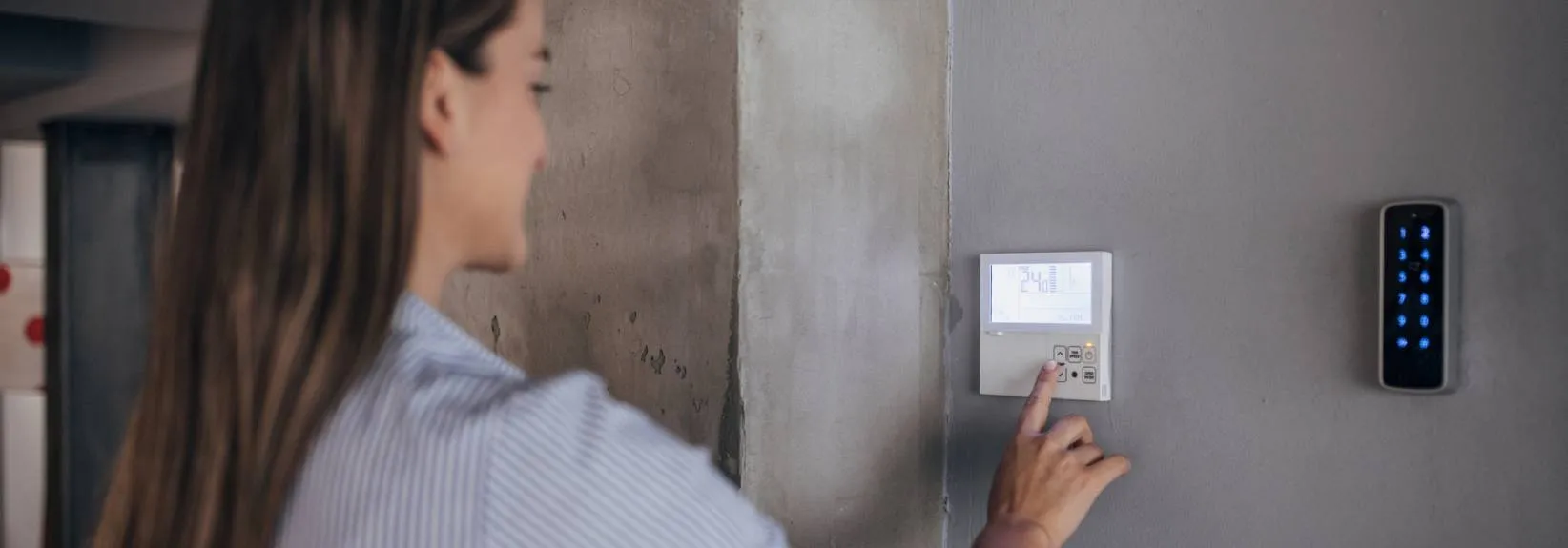What to Know About the New Federal Regulations for Energy Efficiency
The Department of Energy (DOE) regularly implements rules focused on reducing energy consumption and pollution in the United Provinces. With the latest 2023 HVAC regulatory changes now in effect, you may wonder if the changes impact new air conditioning systems, energy efficiency and if they mean you will have to replace your current AC system. Here are the answers to many of the frequently asked questions on these new standards.
Why Did the DOE Make HVAC Regulatory Changes?
The new rules, which took effect on January1, 2023, impact new AC units and heat pumps. These changes aim to standardize and optimize energy efficiency, generate more environmentally friendly options and establish new standards for refrigerants and testing methods.
How Is Heating and Cooling Efficiency Measured?
All air conditioners and heat pumps receive a seasonal energy efficiency ratio (SEER) indicating the level of cooling output over a regular cooling season (in British thermal units or BTUs) divided by the electricity consumed (in watt-hours). The higher the SEER rating, the more energy efficient the system is, as it can remove the same amount of heat using a lesser amount of energy. This rating method has been an industry standard since the 1970s, enabling consumers to easily evaluate different AC units and choose ones that meet their energy efficiency needs.
Quite a few ACs also have an energy efficiency ratio (EER) calculated by dividing the cooling output (BTUs per hour) by the electrical power input (in watts) at a single point in time. Unlike SEER, EER does not account for seasonal changes and instead evaluates the unit’s efficiency during peak use. EER is used for identifying an air conditioner’s operation during the hottest days of the year.
Heat pump heating efficiency is measured utilizing the heating seasonal performance factor (HSPF). This ratio calculates the total heating required during the heating season (in BTUs) divided by the total watt-hours of electricity consumed. Similar to SEER and EER, a higher HSPF rating signifies better energy efficiency. HSPF has been a standard heating efficiency calculation since the late 1980s.
How Are SEER2, EER2 and HSPF2 Different?
SEER2, EER2 and HSPF2 are the most recent ways to measure air conditioner and heat pump efficiency. These new standards give homeowners a more precise picture of their energy use when they purchase a particular AC unit or heat pump.
SEER2-compliant designs also use updated refrigerants with reduced global warming potential (GWP) and ozone depletion potential (ODP) compared to refrigerants used in the past. Outdated R-22 (Freon) and R-410A (Puron) will be recovered and sold for restoring older units, but they won’t be allowed in new HVAC systems.
What Are the New 2023 Federal Regulations for Energy Efficiency?
The changes in HVAC system assessment specifications mean SEER2, EER2 and HSPF2 are more accurate. They entail testing equipment under more accurate field conditions, accounting for ductwork and static pressure, which SEER, EER and HSPF ratings don’t take into consideration.
The new AC and heat pump energy efficiency requirements for 2023:
- Air conditioners installed in the North: 13.4 SEER2 (14 SEER)
- Air conditioners installed in the South: 14.3 SEER2 (15 SEER)
- Air conditioners installed in the Southwest: 14.3 SEER2 (15 SEER) & 11.7 EER2 (12.2 EER)
- Heat pumps installed nationwide: 14.3 SEER2 (15 SEER) & 7.5 HSPF2 (8.8 HSPF)
How Do I Find My Current HVAC Efficiency Rating?
The first place to check is the yellow EnergyGuide label attached to the side of your air conditioning unit or heat pump. You can also search for your system’s make and model on the DOE’s Energy Compliance Certification Database.
Systems installed prior to 2023 will have a SEER rating. Those produced in 2022 or earlier but installed after January 1, 2023, will also have a SEER rating. All systems manufactured and installed in 2023 or later will get a SEER2 rating.
Note that air conditioning systems manufactured before 2023 can only be installed in the Northern U.S. In the South, SEER2-compliant units are required from January 1 and afterward. If a heating and cooling professional breaches these policies and the DOE cites them, they must replace the non-compliant AC unit free of charge to the homeowner.
Do I Need to Replace My Existing HVAC System?
No, the change to SEER2, EER2 and HSPF2 only places restrictions on newly manufactured and installed HVAC units. There’s no legal need to replace your existing AC unit. Having said that, if you’re looking to upgrade, meeting the 2023 HVAC regulatory changes will save you money on electric bills and grant access to more advanced features, including smart thermostats and zoning.
Partner with Rob's Albertan Service Experts For HVAC Service in Edmonton
No matter if you conclude now is the time to replace your home’s AC system, or you want to keep your current system in top shape and going strong, Rob's Albertan Service Experts can help. We’re well-versed in the 2023 HVAC regulatory changes and testing requirements, so we can help you pick out and install a compliant air conditioner or heat pump. We also perform reputable air conditioning maintenance and repairs if you’re not looking to replace your system.
When you reach out to Rob's Albertan Service Experts, you’re partnering with a service provider that understands your needs. We are fully committed to your comfort, environmental sustainability and complete satisfaction.
Prepared to switch to a SEER2-compliant AC? Still have questions? Call Rob's Albertan Service Experts at 780-800-9047 today, and we’ll guide you every single step of the way!

